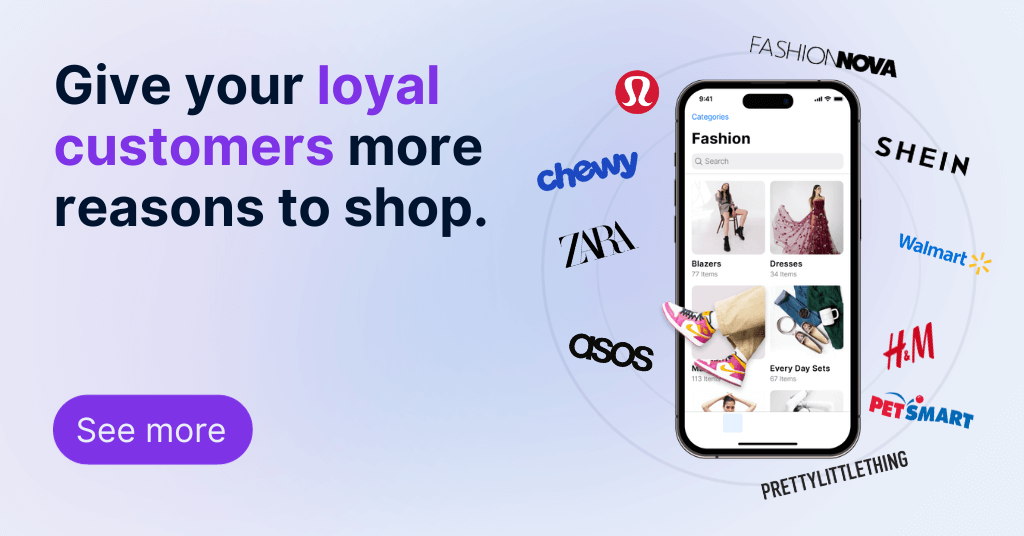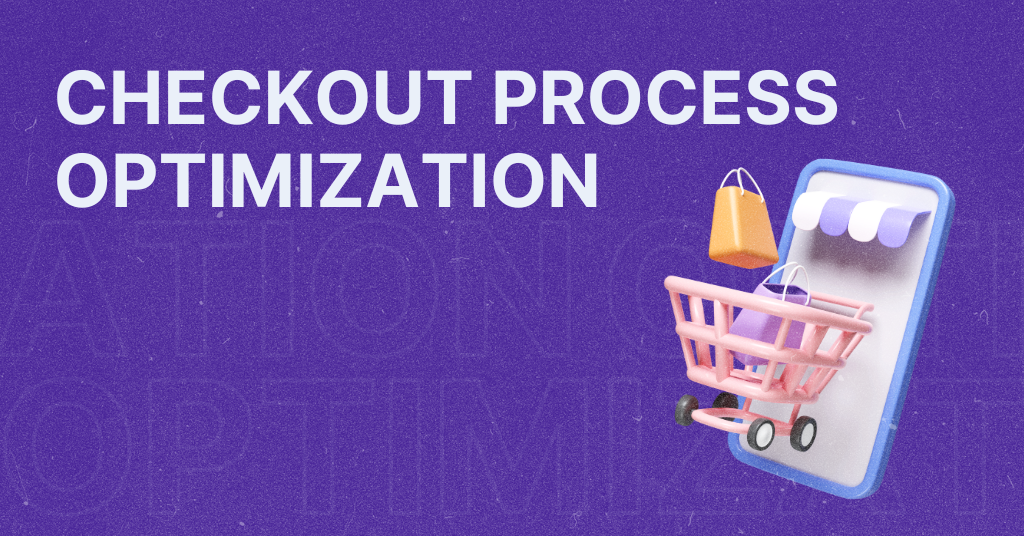
Black Friday consumer behavior across different age groups
Black Friday, that annual shopping extravaganza, witnesses a flurry of consumers racing to snag the best deals. But have you ever paused to wonder how different age groups behave on this eventful day? Let’s explore the fascinating world of Black Friday consumer behavior across generations while you prepare your online shop for the best results. Also, we added a recap for this year’s Black Friday.
Gen Z (Born 1997-2012)
The youngest and most digitally connected of the shopping generations, Gen Z is a force to be reckoned with. Born into the digital age, they effortlessly juggle various online platforms and bring a fresh, modern perspective to shopping.
Tech-savvy deal hunters
Gen Z, the digital natives, have grown up in a world where online shopping is the norm – 32% shop online on a daily basis. They’re avid users of social media platforms, often using them to spot the best deals and share shopping hacks.
Preference for experiences
While they love a good deal, many in this group also value experiences over material items. They might be more inclined to snatch up Black Friday deals on concert tickets, online courses, or gaming.
Sustainability matters
Gen Z consumers are often more socially and environmentally conscious. Brands that emphasize sustainability or fair-trade practices might particularly appeal to this demographic on Black Friday.
What did Gen Z’s do this Black Friday 2023?
This younger demographic showed a decrease in Black Friday participation, dropping to 75% from 83% three years prior. About half of Gen Z consumers felt that the deals were not as appealing as in previous years, indicating a more selective and price-conscious approach to their shopping. They seemed to be holding off on purchases until they found exactly what they wanted at the price levels they desired.

Millennials (Born 1981-1996)
Often regarded as the bridge between the analog past and digital future, Millennials have witnessed the world transition online. As pioneers of the social media age, they value both digital convenience and meaningful real-world experiences.
The online-offline blend
Millennials often blend both online and brick-and-mortar shopping. They might browse deals online and then head to physical stores to ‘touch and feel’ before making a purchase.
Mobile shopping
Armed with their smartphones, many millennials leverage mobile apps for Black Friday shopping. Flash sales, app-only deals, and mobile payment options are significant draws for this group.
Value-driven purchases
Millennials, having weathered the economic downturn, often look for genuine value. They’re likely to be swayed by bundled deals or long-term savings rather than just flash discounts.
How did Millennials shop this Black Friday 2023?
Millennials were particularly inclined to use online channels for their Black Friday shopping, spending more than other age groups. Millennials also showed a preference for “buy now, pay later” (BNPL) options, with those using such options spending an average of $598, compared to the overall average of $533. According to PYMNTS, this group’s participation in Black Friday increased to about 81% in 2023, up from nearly 76% in 2020.
Gen X (Born 1965-1980)
Having grown up in an age of evolving technology and cultural shifts, Gen X is a generation that’s learned to adapt. Skeptical yet brand-loyal, they’re discerning consumers who value quality and reliability.
Research-driven shoppers
Gen Xers are discerning shoppers. They’ll often research extensively before Black Friday, reading reviews and comparing prices.
Balancing quality and price
While they’re on the lookout for deals, they also prioritize quality. A discounted high-quality product will likely attract a Gen X shopper more than a cheap, low-quality alternative.
Loyalty programs
Many in this age group are loyal to specific brands, especially if they’ve had positive past experiences or are enrolled in a loyalty program offering additional Black Friday perks.

Baby Boomers (Born 1946-1964)
Boomers, having witnessed profound societal changes, often merge traditional values with a willingness to embrace new technologies. They might be late digital adopters compared to younger generations.
In-store preference
Many baby boomers prefer the tactile experience of in-store shopping. While they’re not averse to online shopping, physical stores might see a higher footfall from this group on Black Friday.
Traditional media influence
Unlike the younger generations, baby boomers might still be influenced by traditional advertising channels like TV, radio, or newspapers for Black Friday deals.
Emphasis on necessity
Practicality reigns supreme for many baby boomers. They might lean towards purchasing necessary items or products that offer long-term value during Black Friday sales.
Different Black Friday consumer behavior – Advice for e-commerce brands
You should know who is your buyer persona and target audience, but in case you’re selling products that could be used by multiple generations, here’s what you can do.
Firstly, ensure that marketing strategies are tailored to resonate with each age group’s unique preferences. For instance, harness the power of social media influencers for Gen Z while targeting Baby Boomers through more traditional channels.
Secondly, enhance the mobile shopping experience to captivate the tech-savvy younger generations but also ensure that websites are user-friendly and intuitive for older consumers who may not be as tech-literate.
Lastly, prioritize post-purchase support, as a smooth return or exchange process can build trust and loyalty across all age groups. Remember, understanding and catering to these distinct behavioral patterns will not only drive sales but also foster brand loyalty and trust in the long run.
What happened this Black Friday 2023?
In 2023, Black Friday showed a clear shift in consumer behavior, particularly in the way people shop. U.S. consumers spent a record $16.4 billion online on Black Friday and even more on Cyber Monday, signaling a strong preference for online shopping over traditional in-store purchases.
This trend was further highlighted by the $7.3 billion spent online by the evening of Black Friday. The decline of in-store shopping on Black Friday suggests a significant change in retail, with online platforms becoming increasingly central.
Despite economic challenges like inflation, consumer spending remained high. On average, U.S. shoppers spent about $460 each, surpassing spending in previous years. Interestingly, the usual in-store shopping rush was less intense than in past years, which might be due to the increased cost of living and a shift towards online deals.
These patterns indicate a change in consumer priorities, with a focus on convenience and budget-conscious shopping. As online shopping continues to grow, it’s reshaping the retail landscape, emphasizing the importance of digital platforms in meeting consumer needs.
Wrapping it up
Black Friday is a universal shopping phenomenon, but as we’ve seen, consumer behavior is anything but uniform. Black Friday consumer behavior is different across different age groups and we could see how they behaved during this year’s Black Friday. Age groups are shaped by their unique experiences and the times they’ve lived in, approach this day with varied perspectives and priorities.
For brands and marketers, understanding these nuances is crucial. It allows for tailored strategies that resonate with each demographic, ensuring that Black Friday is truly a win-win for all involved. Prepare on time for the next year!
Let’s book a 30-min mobile strategy session and give your shop a boost.
Let’s book a 30-min mobile strategy session and give your shop a boost.


